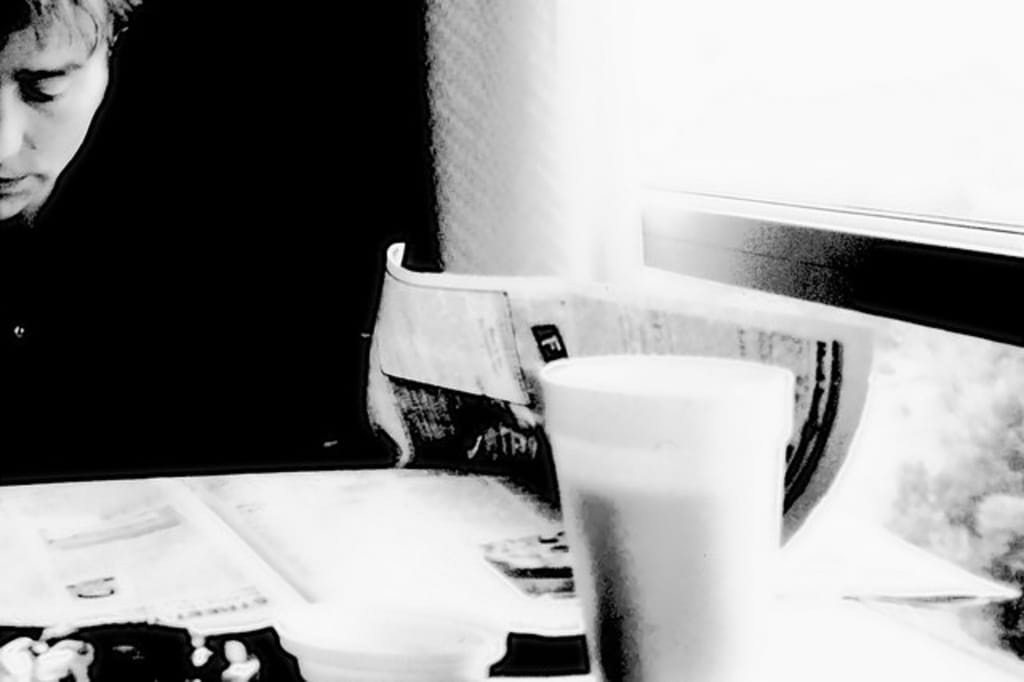Looking Back at #MeToo
How I Covered the Story for My College Newspaper

I was a journalism student at community college when the story broke—producer Harvey Weinstein was accused of sexual assault by multiple women, and from then on, the list kept growing.
It was a horrifying example of abuse perpetrated by famous men in positions of power; first it was Weinstein, then Kevin Spacey, Louis C.K., and many, many more. Though it started in Hollywood, women everywhere began to join in, effectively showing how common sexual assault and harassment really is. With every “me too,” someone else got the chance to tell their story and share their grief.
As a woman, I wasn’t shocked, but deeply saddened.
As a student journalist, I wanted to write about it.
I knew I wanted to share the reaction of students, staff, and faculty at my school, Skagit Valley Community College. With such a delicate issue, I needed to handle it as respectfully as possible. After speaking with the newspaper staff and my professor, Linda Smith, I decided to make every quote anonymous—if I was going to ask people to share their intimate thoughts and stories, I wanted everyone to feel safe.
My story was expansive. I briefly introduced the initial story—Harvey Weinstein and the other sexual predators in Hollywood—but people already knew that. It’d been all over the news for days. Instead, I focused on what readers wouldn’t know, and how our community had been affected.
I explored the origin of “me too,” which was a movement in the African-American community long before it was a popular social media hashtag. It was started by activist Tarana Burke, creator of Just Be Inc., a nonprofit organization that helped victims of sexual assault. Poet K.Y. Robinson gave me permission to use an excerpt from her poem, Fast Tailed Girl. I spoke to her on Instagram and she told me that, “[Sexual assault] is a prevalent issue in the African-American community, where young black girls are sexualized at an early age.”
I spoke to my school’s Title IX Coordinator, as well as the Director of Student Life. I researched the ways students on my campus, even though it was just a small community college, could get help if they were sexually assaulted. I interviewed one of the psychology professors, Lynne Fouquette, about the systematic abuse of women by men in positions of power, and how such a large movement could finally help victims of abuse deal with what happened to them.
But for real impact, I interviewed students, staff, and faculty on campus, and featured 13 anonymous quotes in my article. I spoke to both men and women. In some parts of the story, I incorporated them into my narrative; in others, the quotes stood alone, bolded on the paper to increase their emotional impact.
I did what I set out to do—sharing the voices of Skagit Valley Community College, who also said “me too.”
I was proud of it, but it took a lot out of me. I worked tirelessly to conduct professional interviews, research every aspect of the movement, and talk to students and faculty. For almost two weeks, my life was overwhelmed by rape, rape, and more rape.
I talked to people who had been sexually assaulted. I talked to people who had just found out that their mother/girlfriend/sister/best friend had been raped. I talked to people—mostly men—who had no real grasp on the severity of the situation, and were finally seeing the prevalence of sexual assault in their families and communities.
Every woman I spoke to has had some exposure to sexual harassment or assault. I have my own stories, too. Writing so thoroughly about sexual assault was draining; it took a toll on my psyche to have the experiences and feelings of so many people rattling around my mind. It’s hard to be professional when you’re talking to people who are telling you their worst memories or their deepest fears.
Even though it was difficult at times, I’m happy I wrote what I did. There are stories everywhere, and my little Washington community college was no different. I wanted to share our voices, but also educate students on the prevalence of sexual abuse and the resources they had if the worst occurred.
Looking back over a year later, I realize that I learned more myself while writing the story than I realized at the time. I wasn’t surprised by how many people were able to say, “me too.” After all, I am a woman—I know how common sexual assault and harassment are. But I was surprised by how strong so many victims are; there’s a reason they’re called “survivors.”
I learned how big an impact every voice can make, and how much people are capable of. Women have come together to fight against the systematic abuse that has been a part of our culture for years, and their strength is something I’m proud to be part of.
First, we said, “Me too.” Then we said, “Time’s up.”
Finally, society is listening.
About the Creator
Katherine J. Zumpano
writer 🖌️ reader 📖 pnw 🌲
wwu alum 🎓
pisces sun ♓️ taurus moon ♉️
pieces in southchild lit, jeopardy mag & more
social media: @kjzwrites






Comments
There are no comments for this story
Be the first to respond and start the conversation.